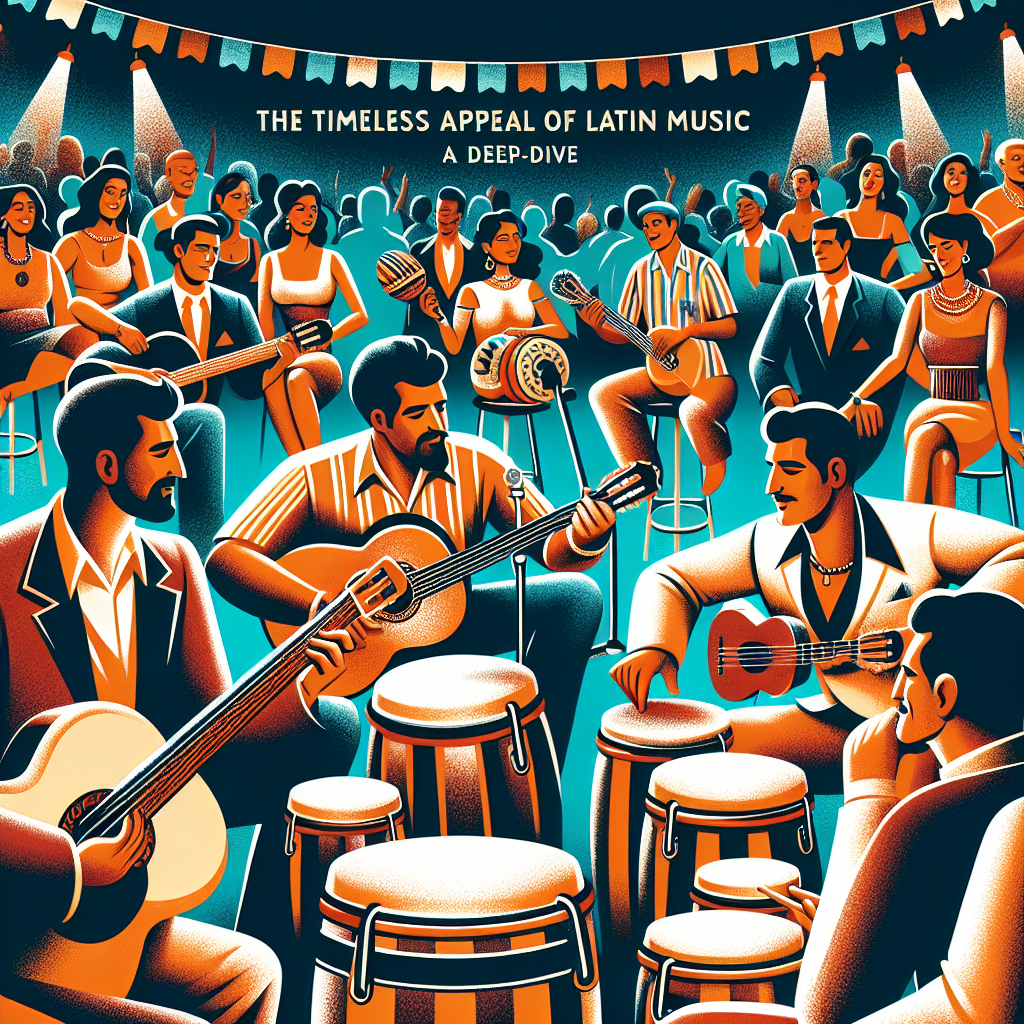The power of traditional rhythms in formulating and maintaining cultural identity remains underemphasized, undervalued, and underexplored in the mainstream exploration of culture. Music, and particularly rhythm, operates at the core of societal tradition, heritage, and identity, making it an essential element in understanding and identifying any cultural community.
Unearthing the roots of culture
Every cultural identity is uniquely linked to traditional rhythms, which have been passed down through generations. These rhythms, whether they are induced through percussion instruments, dances, songs, or chants, are inheritances that connect people to their ancestry and history. They are not merely sounds, but echoes reverberating from the past, resounding within the present, and maintaining a continuity into the future.
Traditional rhythms often reflect the environment, lifestyle, beliefs, and sentiments of a community, making them livelier narratives of history than written documents. These rhythms encapsulate our ancestral stories, weaving them into melodies that resonate across time, undeterred by geographical and generational gaps.
The power of traditional rhythms
The power of traditional rhythms lies in their capacity to inspire collective sentiment, unity, and identity. They possess the capability to translate complex human emotions and experiences into a universal language, forging a heartfelt connection between individuals.
Moreover, these rhythms invoke a feeling of belonging which is essential to establishing a secure cultural identity. They grant cultural cohesion, making people feel part of a collective tapestry of narratives, experiences, and emotions. Furthermore, they provide a sense of continuity, helping individuals to stay connected with their roots and contributing to a sense of cultural grounding.
Preservation and propagation
The modern world, with its digital revolution and globalization, poses an imminent threat to traditional rhythms. This factor makes preservation and continuation of traditional rhythms of paramount importance. Prioritizing cultural education that includes learning traditional rhythms can be instrumental in achieving this mission.
Not only can this keep traditional rhythms alive, but it also instills a sense of pride in one’s culture, as well as respect and understanding for others’. This, in turn, can enhance cultural dialogue and tolerance among different communities, contributing to a more harmonious world.
Conclusion
All in all, exploring and appreciating traditional rhythms allows us to appreciate our cultural identities in a profound way. It empowers us by connecting us to our roots and encourages us to maintain this majestic part of our human legacy. Fostering respect for traditional rhythms can lead to a more compassionate and united global community, as everyone learns to respect and understand the cultural identities of others.
FAQs
1. Why are traditional rhythms significant in the context of cultural identity?
Traditional rhythms are significant because they link individuals with their ancestral roots, giving them an understanding of their heritage and identity. They also engender a sense of community and foster unity.
2. How can traditional rhythms be preserved in a rapidly modernizing world?
Cultural education which includes learning traditional rhythms can be vital for their preservation. Digital platforms can also be leveraged to archive and showcase traditional rhythms.
3. What is the effect of globalization on traditional rhythms?
While globalization can endanger traditional rhythms by promoting a homogenized global culture, it can also provide platforms for showcasing and preserving these rhythms, making them accessible to a wider audience.
4. How do traditional rhythms promote cultural diversity?
Traditional rhythms are unique to each culture, reflecting a community’s specific history and values. They promote cultural diversity by showcasing these differences and adding richness to the global cultural tapestry.
5. How does exploring traditional rhythms affect individual identity?
Exploring traditional rhythms helps individuals understand their heritage, connect with their roots, and develop a secure and genuine sense of self-understanding and self-acceptance.




